ENERGY RESILIENCE STRATEGIES
ENERGY RESILIENCE PLANNING
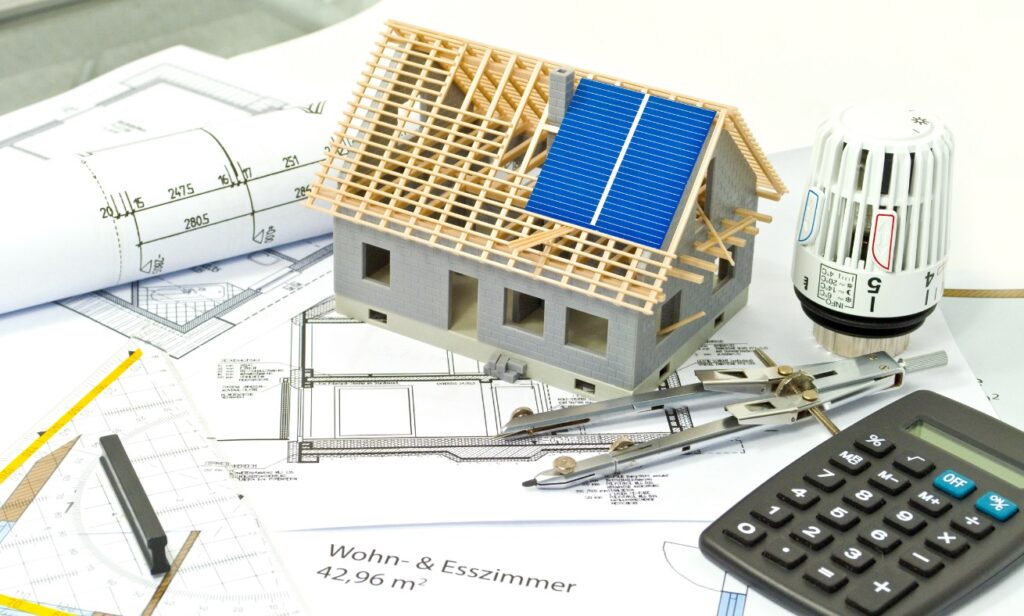
There is a lot of interest at the moment on Climate Change. While S2 Energy desires a clean and healthy environment, Climate Change is not our focus area. We believe that the advice we provide our customers around Energy Resilience, Efficient Building Technologies, Site Generation, Energy Storage and Self Consumption is by far ahead of the curve with regards to any Climate Change or De-Carbonization standards set by Federal, State and Local Governments.
Building a new structure is a blank slate opportunity define and design aspects that will affect a buildings use case, cost of ownership, comfort and resiliency far into the future. It is an opportunity to match energy requirements with personal philosophy, goals and objectives.
As consumers we are faced with high probability of energy inflation, critical infrastructure vulnerability and global tensions reaching levels not seen in many years. With all of this in mind the business case for Energy Resilience and Personal Energy Independence should be a high priority in the conceptual planning and early modeling phase of your project.
S2 Energy works in a collaborative effort with the Owner, Designer, Architect, Engineer, and General Contractor to provide subject matter expertise in the development and delivery of a comprehensive Energy Resilience Plan for our customers.
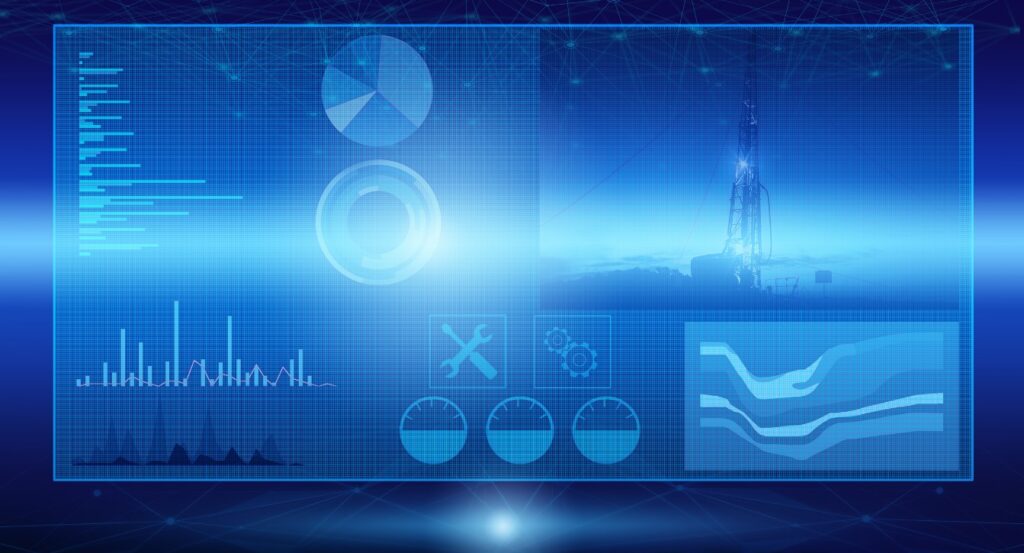
HIGH PERFORMING BUILDING TECHNOLOGIES
High Performing Buildings are designed to deliver a high level of energy efficiency and carbon reduction compared to standard building code requirements. High Performing Buildings are designed in a holistic, integrated system approach to address the project energy and environmental goals and overall objectives.
The choice to design and build a High Performing Building is an owner preference based on personal energy and environmental goals and a deep dive into lifecycle cost of ownership calculations. The design of High Preforming Buildings falls under the Design Architect discipline with support from Engineering.
With that said, developing a holistic Energy Resilience Plan that is fully integrated into the building systems design in a collaborative manner is the subject matter expertise of S2 Energy. Simply stated, homes and buildings that are designed to use less resources (Electricity and Water) will require less investment into Resilience in the form of Site Generation and Storage. During the early phases of project scope development it is important to include Performance, Sustainability and Resilience in the plan.
SOLAR PHOTOVOLTAIC + STORAGE
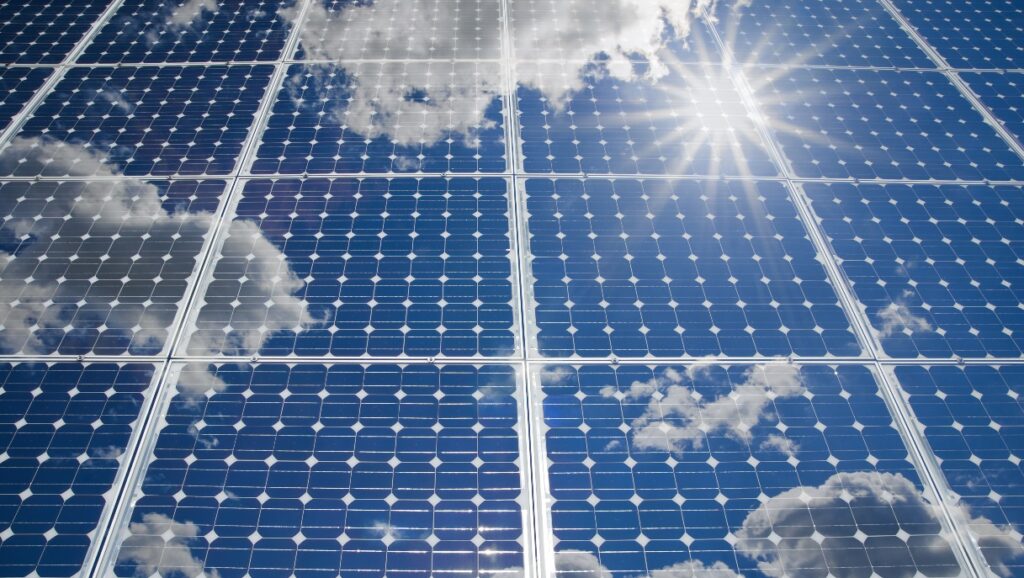
Grid interconnected Solar Photovoltaic Systems took off in earnest around 2005. Prior to that Solar PV was primarily used in off grid installations using lead acid batteries as the form of energy storage. With the introduction of the Grid Interactive Inverter, Solar PV had an opportunity to see massive growth and price reductions due to economies of scale. Solar PV has become both cost effective and has emerged as the #1 option for Site Generation.
Grid interconnected Solar PV has an inherent design flaw if the intent is resilience. This design flaw is intentionally designed into inverters as a grid safety feature. Inverters are designed to “shut down” in the event of a grid outage. As a result the entire Grid interconnected PV system becomes unavailable when it is most needed for critical loads (Food Storage, Lighting, Security and Communication).
Recently battery storage technology has become an affordable option for most individuals looking at resilience as a necessary feature in their individual energy plan. As a result, there are numerous battery chemistry’s on the market packaged into well thought out and efficient packages. Inverter manufactures have included energy storage into their model and have developed inverters that can overcome the Grid Interconnection flaw discussed above and “Island” themselves from the grid in an automatic pre-programmed action. This arrangement is typically considered a micro-grid.
Designing an independent Energy Resilience Plan utilizing both site generation and site storage for new construction can be accomplished through the use of software modeling tools for building design variables and intended occupant usage patterns.
Typically, during a grid down event, battery power will be diverted to a critical loads panel designed to keep mission critical loads energized. This can be as simple as food storage, lighting, security and communications for the home to critical server operations, security systems and emergency lighting for commercial buildings.

CME, EMP, HEMP HARDENING AND RISK MITIGATION
For those unfamiliar with a CME, EMP, HEMP threat we provide the following terminology. CME = Coronal Mass Ejection, EMP = Electro Magnetic Pulse and HEMP = High altitude Electro Magnetic Pulse. All three of these Magnetic Pulses cause damage or failure of electronic equipment. See risk mitigation below.
The first term of the three is CME. This is a natural event (research 1859 Carrington Event) that is no way controllable by humans. CME’s relate to sun spots that are ongoing and natural events. CME Plasma releases happen on a regular basis but unless the sun spot and resulting CME is pointed at earth the event goes into space un-noticed by you and I. We are currently in Solar Cycle 25 and Solar plasma ejections are trending higher.
The second term EMP is a short burst of electromagnetic energy. The source may be natural or man-made. An example of a Natural EMP is lightning. Man-made EMP’s include radiated, electric or magnetic. EMP’s have the ability to take out electronic equipment including our vulnerable electric grid and communications networks.
The third term in this topic is HEMP is typically a nuclear device detonated at high altitude and intended as a weapon. HEMP’s are detonated 15 Miles above the earth’s surface to effect a broad footprint of damage. HEMP’s are capable of damaging critical infrastructure such as our electric grid and communications networks.
Technology and methodologies exist today to protect Solar PV + Storage Systems from these threats. S2 Energy provides subject matter expertise in EMP Hardening and Risk Mitigation for all of the Energy Resiliency Plans we provide.
MICROGRID SMARTGRID INTEGRATION
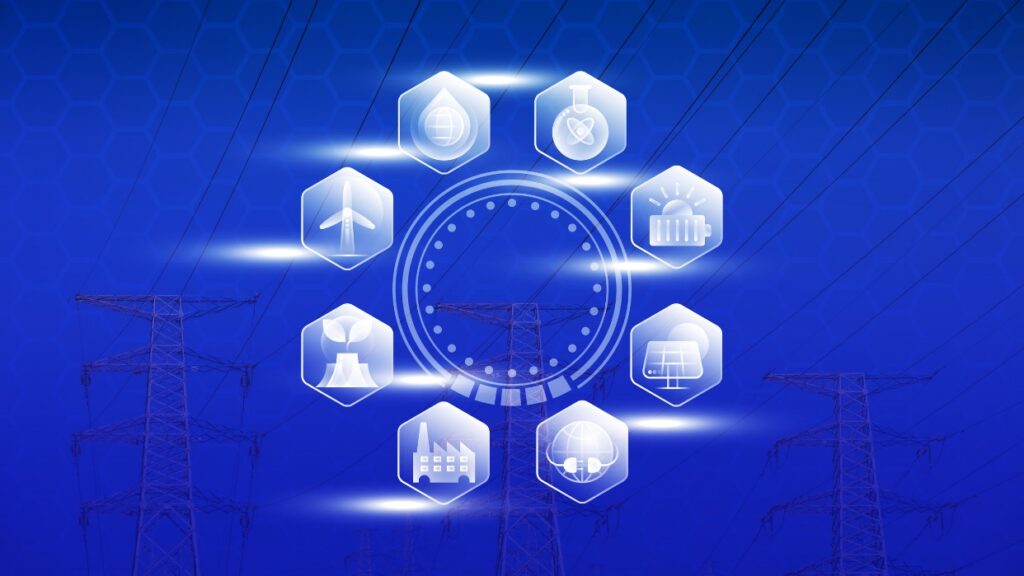
A micro-grid in the context the S2 Energy target market, is a strategy for individual self-sufficiency or “islanding” from the electric grid during power outages. Residential and Commercial site generated power is typically grid interconnected, meaning the inverter is synchronized to the electric grid. The electric grid either takes excess power or makes up the difference in load requirements. The down side of a grid interconnected Solar PV system is that it is shut down by default in a grid down scenario and will not make power until grid power returns.
A micro-grid solves this issue by utilizing a grid auto disconnect and management system that switches from grid power to battery storage or generator or a combination of both. This arrangement is customer owned and typically “Behind the Meter” meaning it is on the customer side of the utility revenue meter.
As the bulk energy grid transforms from centralized generation to distributed generation new technologies and communications protocols will be optimized and utilized to develop Smart Grids. A Smart Grid will use two way communications between customers and local utility to create a stabilized grid utilizing distributed generation (decentralized generation).
Micro-Grid technology is currently a well-established technology and an excellent individual resilience strategy. Smart Grid adoption and integration is a function of the Electric Utility serving your particular area. Utilities are currently using pilot programs to test the adoption of Smart Grid Technology.
S2 Energy includes Micro Grid technologies in our energy planning efforts and in the development of individual resiliency models.
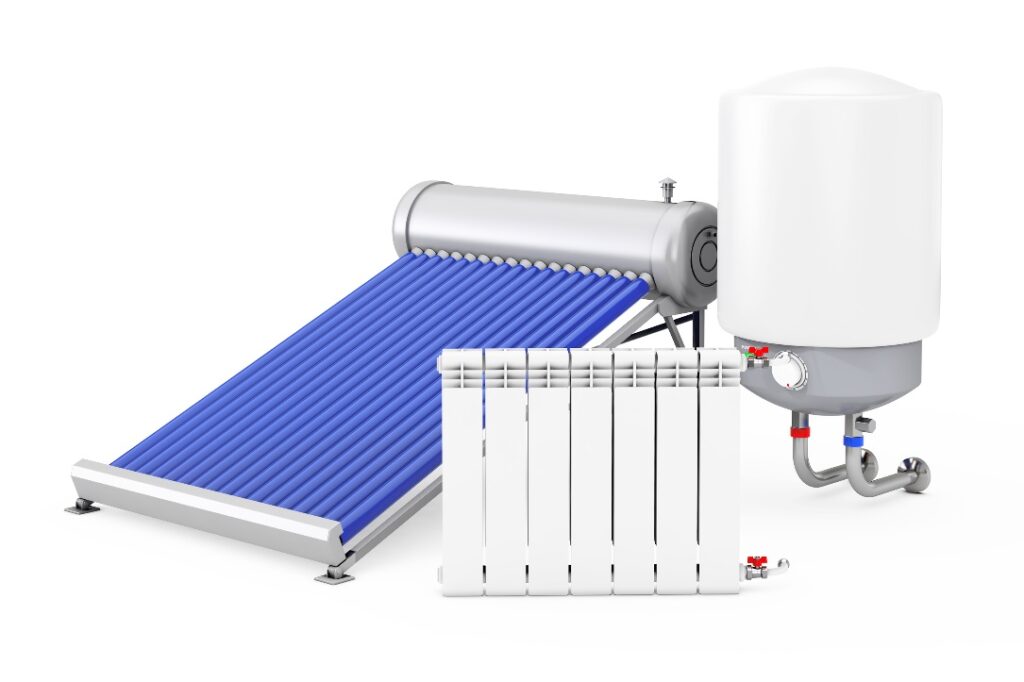
SOLAR THERMAL + STORAGE
Living in the Arizona Desert we enjoy 300+ days of sunshine every year. In the not so distant past Solar Thermal (Solar Hot Water) was used extensively to heat our water using natural sun light. Inexpensive electricity generated by centralized power plants provided the incentive to slowly drift away from Solar Thermal installations and replace them with simplified electric water heaters.
While energy remains relatively inexpensive to heat our water with the Solar Thermal case is easy to make in a world currently focused on Climate Change. Any electricity that does not need to be generated using fossil fuels is a savings against our carbon footprint.
In addition, when considering an individual resilience plan, any stored electricity that does not need to be utilized to create hot water is a huge system efficiency gain.
All resilience plans should include contingencies. Solar Thermal is no exception. Solar Hot water systems can generate much more hot water in a day (Southwest desert) than is typically used. Thermal Storage options are relatively in-expensive and can be utilized to store more than the average 50 to 80 gallon hot water tank that will be used up in a single day.
S2 Energy includes Solar Thermal + Storage in our holistic energy planning efforts with efficient energy resiliency as the key focus. A side benefit is we are doing our part to reduce our carbon footprint on the world.